Synchronous combination of solutions is essential
| Minister stresses flexible combination of fiscal, monetary policies |
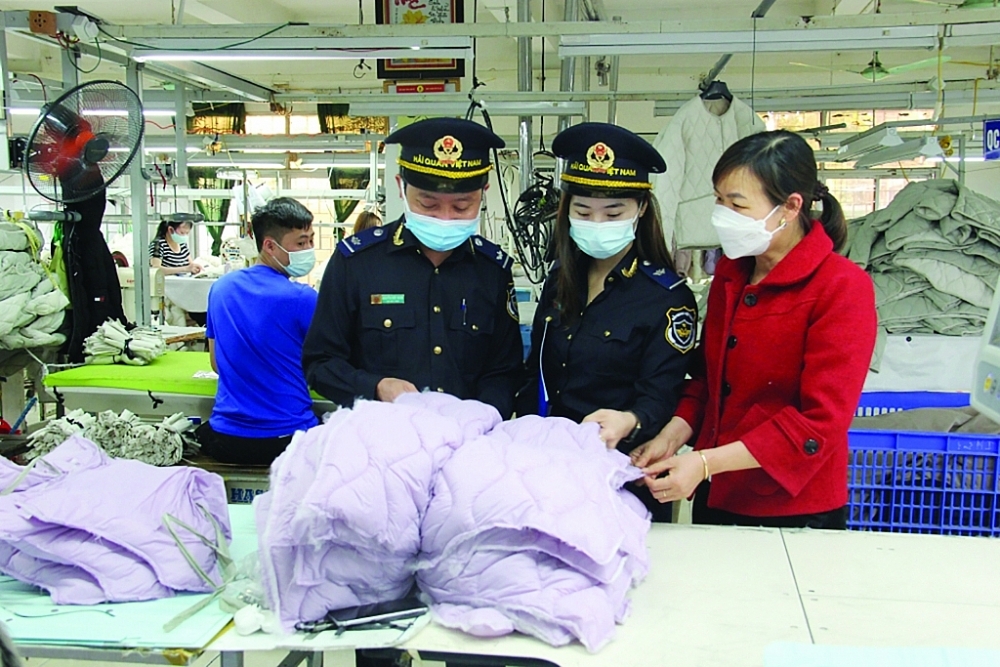 |
| Assoc. Prof. Dr. Ngo Tri Long |
Could you please tell us your assessment of the socio-economic results in the first quarter of 2023?
First of all, through the socio-economic development results of the first quarter of 2023 announced by the General Statistics Office (GSO), Vietnam's economy is facing many difficulties. Although the growth in 2022 was very high, at 8.02%, by the first quarter of this year, we have not been able to break through. Looking at the results in the past 12 years, the GDP growth rate in the first quarter of this year can be considered very slow, while the growth target set by the National Assembly for 2023 was 6.5%.
Thus, to achieve this goal, the remaining nine months are challenging. According to the GSO, to achieve 6.5% growth, the remaining three quarters, on average, need to achieve at least 7.5% growth each quarter. The reason for the low GDP growth rate in the first quarter was economic difficulties, orders dropped, while input production costs increased, fuel, transportation, and logistics costs all increased, causing difficulties for businesses. Rising costs increase inflationary pressure, which poses risks to the macro economy.
However, overall and objectively, although the socio-economic results in the first quarter compared to the same period last year were not positive, compared with the general difficult trend of the region and the world, this result still had bright points.
Many forecasts showed that the US Federal Reserve (FED) and the European Central Bank (ECB) would continue to raise interest rates; in 2023, international trade declines, the world economy may fall into recession. How do these affect the Vietnamese economy, sir?
High interest rates will create exchange rate pressure on the VND, forcing the State Bank to have a policy to adjust the exchange rate, while our goal is still macroeconomic stability. When interest rates increase, causing the USD and EUR to appreciate, imported raw materials and input fuels will also increase in price, leading to higher costs. When interest rates and the USD rise, the pressure on capital costs of businesses will increase, leading to high prices and difficult consumption. Therefore, the resilience of enterprises faces many challenges.
When the world economy declines and the possibility of recession appears, the demand for goods of other countries, or international orders for Vietnam will certainly decrease, making our import and export activities also decrease accordingly. In fact, export activity fell sharply in the first quarter. This situation will be very difficult for the operation of some industries in the coming time, especially those with a large export proportion such as leather and footwear, textiles, or the production of electronic components, and industries that require a lot of capital to operate such as real estate.
The world inflation is still high, USD interest rate continues to increase and also at high level, and domestically produced raw materials depend on outside sources. In that context, the pressure on domestic inflation is huge. How does this affect Vietnam's monetary policy management?
In principle, when inflation is high, interest rates must be increased. The program of economic recovery and development in the context of high world inflation with the goal of reducing interest rates needs to be reconsidered.
Vietnam's credit growth target this year was set higher than last year. But why were both money supply and credit growth in the first quarter only half of the same period last year? The first reason is that the operation of enterprises is very difficult. Thus, the business does not need much capital to operate, because borrowing a lot of capital in a difficult situation will hold debt to pay high interest. Second, businesses are facing many difficulties, so it is very tough to meet the loan conditions. Consequently, banks cannot supply money, and credit cannot increase.
There has been a contradiction that despite controlling inflation, deposit interest rates are still high. When deposit interest rates are high, lending rates will certainly be high. In that situation, there has been a remarkable adjustment of the State Bank to reduce the operating interest rates, effective from April 3, 2023. This is an effort and flexibility of monetary policy. In general, to stabilize the macro-economy, monetary policy plays an extremely important role. Banks must also be proactive, flexible, focus on keeping the exchange rate stable, and reduce deposit interest rates, but lending rates must also be reduced. In fact, deposit interest rates have decreased recently, but lending rates at many banks are still high. This is an urgent issue that needs to be considered and resolved.
In fact, it is difficult for the State Bank and commercial banks to reduce interest rates. According to your prediction, from now until the end of 2023, can we reduce interest rates? In the event that interest rates are still high, cannot be lowered or the level of interest rate reduction is low, what is the solution to support businesses and the economy to achieve the set growth target?
The reduction of operating interest rates is a remarkable move of the State Bank. But keeping this trend is not easy, because in the current context, the challenge of inflation is huge. The world economy is fluctuating strongly with many risks. It is forecasted that fuel prices and gasoline prices in 2023 would decrease compared to 2022 but remained high. The cost of input materials will continuously increase, orders are low, production of enterprises is difficult, and so the growth rate will face barriers. GDP growth in the second quarter may be brighter, but it will only reach about 6%, according to forecasts. Therefore, the GDP growth target of 6.5% this year is a challenge. Following the trend, deposit rates will continue to decrease. When the money supply for the economy starts to go into orbit, production recovers and develops, the money supply will certainly increase and interest rates will decrease. Consequently, the high interest rate trend like 2022 will not repeat. The general trend is down, but gradually.
In the current context, to support businesses and the economy, we must combine solutions. For example, fiscal policy directly supports to reduce input costs for people and businesses, mainly taxes and fees. Fiscal policy must be effective, reduce unreasonable expenditures, and balance supply and demand when affecting inflation. Trade policy needs to regulate supply and demand, especially for input materials.
Another important issue is the reform of administrative procedures to facilitate people and businesses, reduce troubles, and minimize negatives. Besides, it is also necessary to have solutions to deal with some problems that will take place in the near future, such as rising electricity prices and salary increases, causing other commodities to increase as well. We need to control well to avoid profiteering, leading to an explosive domino phenomenon that increases the prices of commodities, affecting the general trend. In short, there must be many synchronous solutions, in which, the two main policies are monetary policy and fiscal policy, which play a key role in stabilizing the macro-economy, controlling inflation and economic growth.
Thank you, Sir!
Related News

Solutions to prevent or fraud of origin and geographical indication violations
09:40 | 19/11/2024 Anti-Smuggling

Implementing the SAFE Framework in Vietnam: Solutions and Recommendations
09:18 | 17/11/2024 Regulations
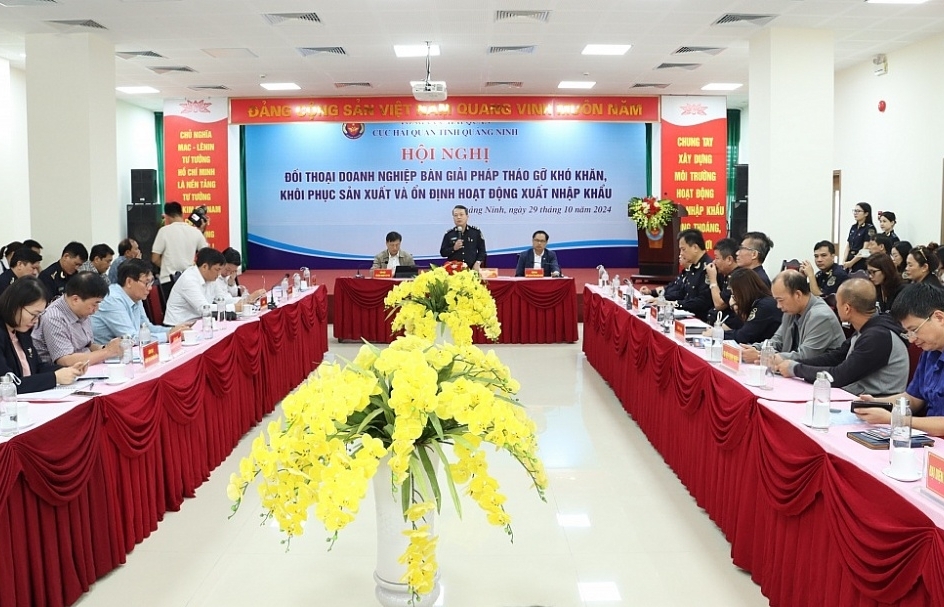
Quang Ninh Customs seeks solutions to promote import and export
10:34 | 02/11/2024 Customs

Accelerate implementation of solutions to disburse public investment capital
09:25 | 02/10/2024 Finance
Latest News
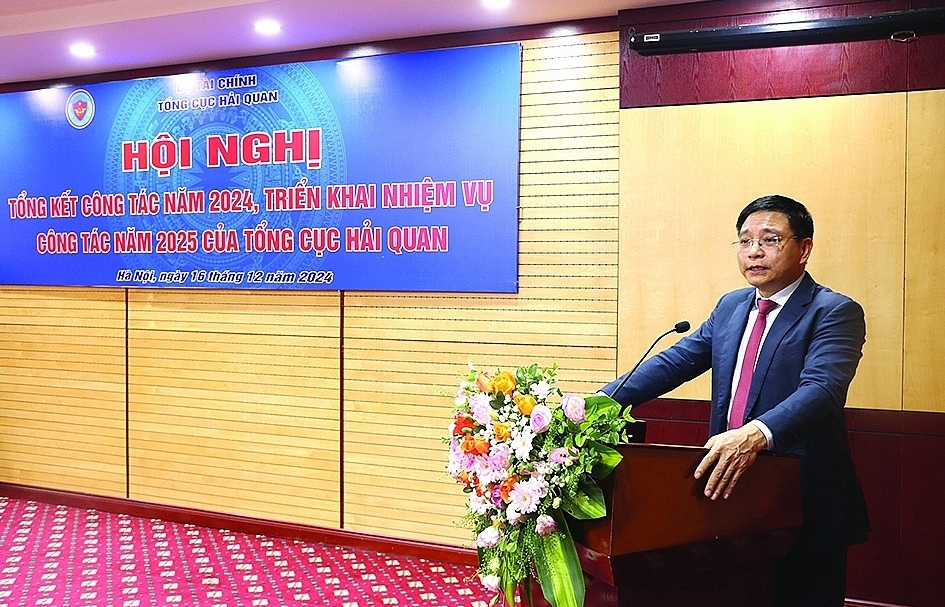
Minister of Finance Nguyen Van Thang: Facilitating trade, ensuring national security, and preventing budget losses
19:09 | 21/12/2024 Customs
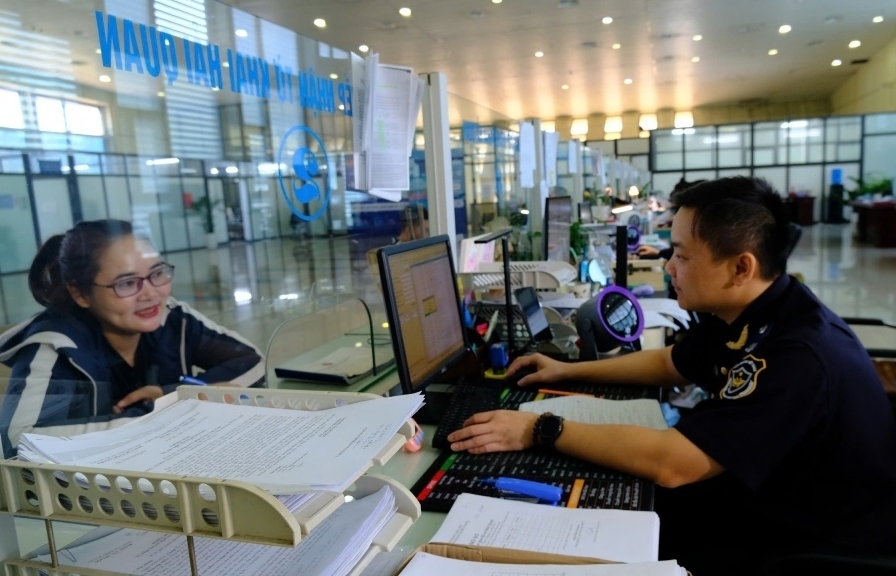
Official implementation of the program encouraging enterprises to voluntarily comply with Customs Laws
18:31 | 21/12/2024 Customs
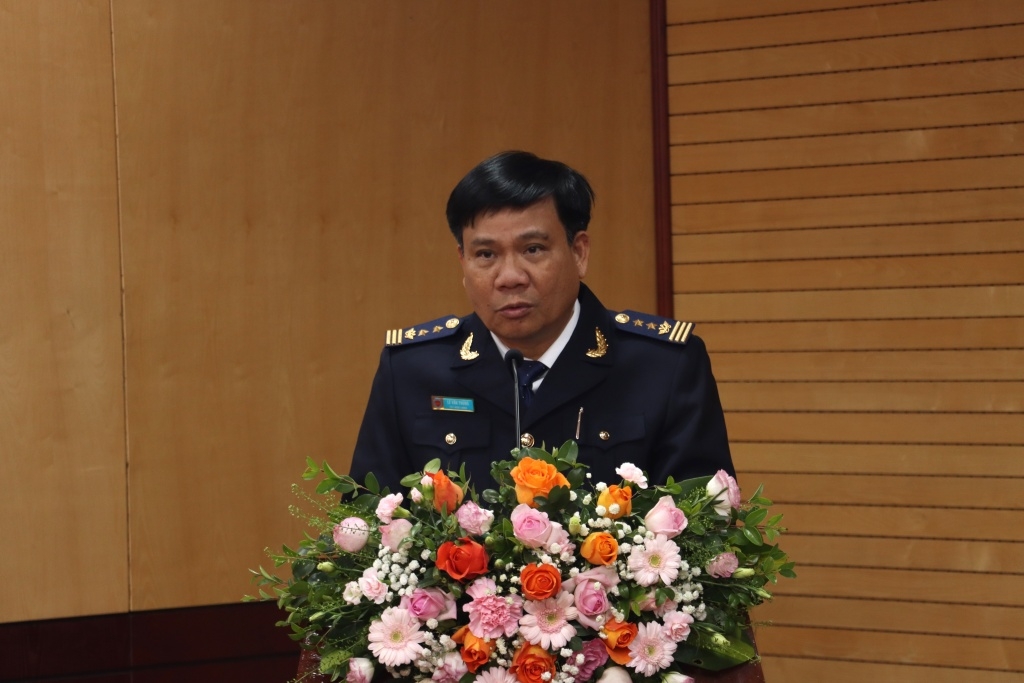
Proactive plan to meet customs management requirements at Long Thanh International Airport
18:30 | 21/12/2024 Customs

An Giang Customs issues many notes to help businesses improve compliance
09:29 | 20/12/2024 Customs
More News

Hai Phong Customs processes over 250,000 declarations in November
15:18 | 19/12/2024 Customs
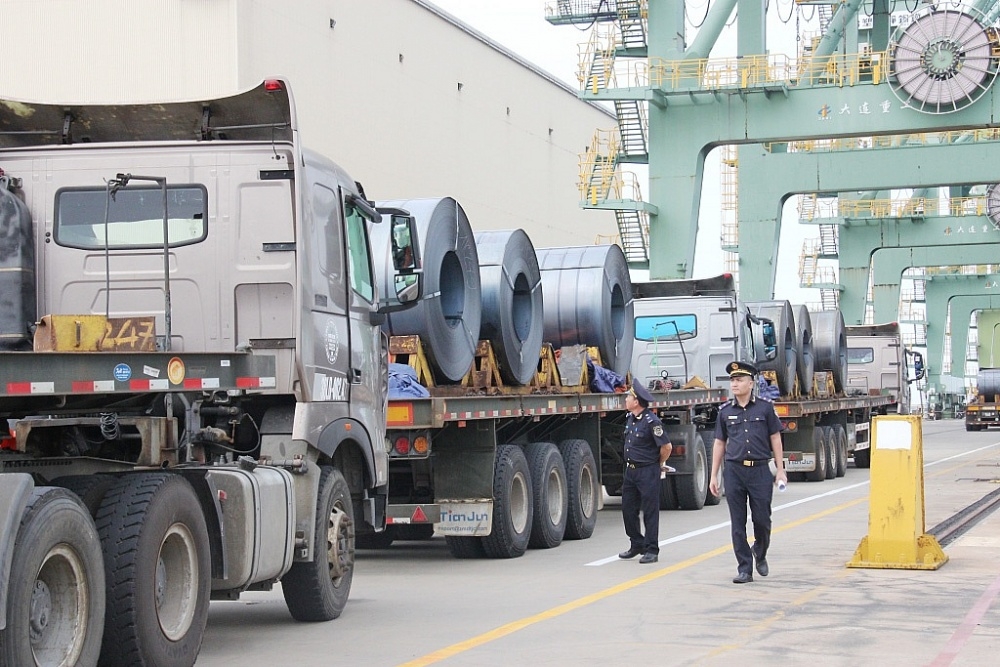
Achievements in revenue collection are a premise for breakthroughs in 2025
09:57 | 18/12/2024 Customs
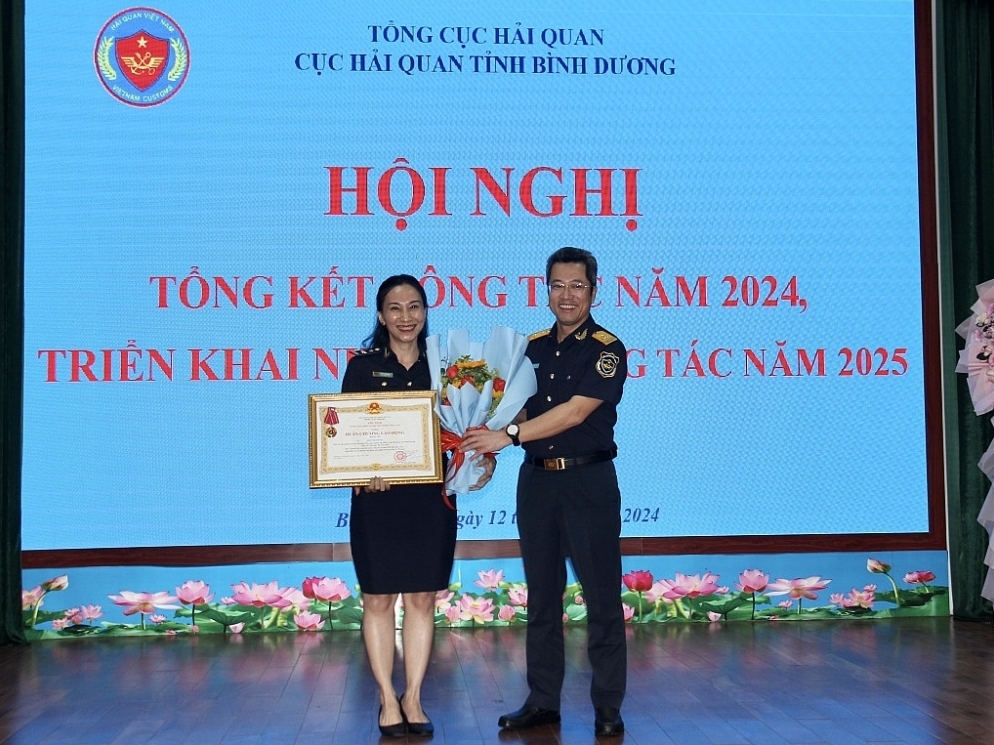
Binh Duong Customs surpasses budget revenue target by over VND16.8 Trillion
09:39 | 18/12/2024 Customs

Director General Nguyen Van Tho: Customs sector strives to excellently complete 2025 tasks
16:55 | 17/12/2024 Customs

Customs sector deploys work in 2025
16:43 | 17/12/2024 Customs

Mong Cai Border Gate Customs Branch makes great effort in performing work
11:23 | 16/12/2024 Customs

Declarations and turnover of imported and exported goods processed by Lao Bao Customs surge
09:17 | 15/12/2024 Customs

General Department of Vietnam Customs prepares for organizational restructuring
19:28 | 14/12/2024 Customs

Revenue faces short-term difficulties but will be more sustainable when implementing FTA
19:27 | 14/12/2024 Customs
Your care

Minister of Finance Nguyen Van Thang: Facilitating trade, ensuring national security, and preventing budget losses
19:09 | 21/12/2024 Customs

Official implementation of the program encouraging enterprises to voluntarily comply with Customs Laws
18:31 | 21/12/2024 Customs

Proactive plan to meet customs management requirements at Long Thanh International Airport
18:30 | 21/12/2024 Customs

An Giang Customs issues many notes to help businesses improve compliance
09:29 | 20/12/2024 Customs

Hai Phong Customs processes over 250,000 declarations in November
15:18 | 19/12/2024 Customs




